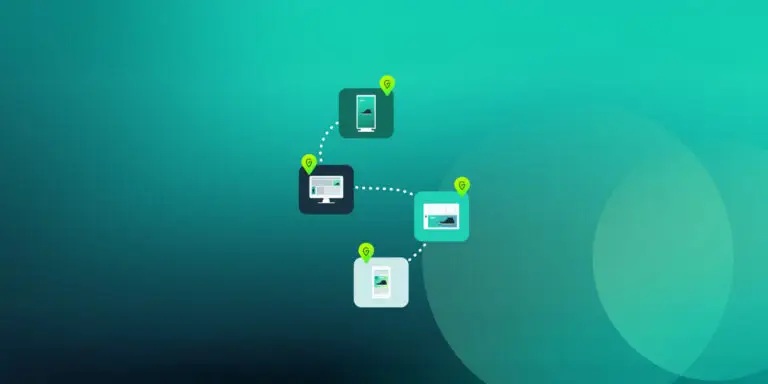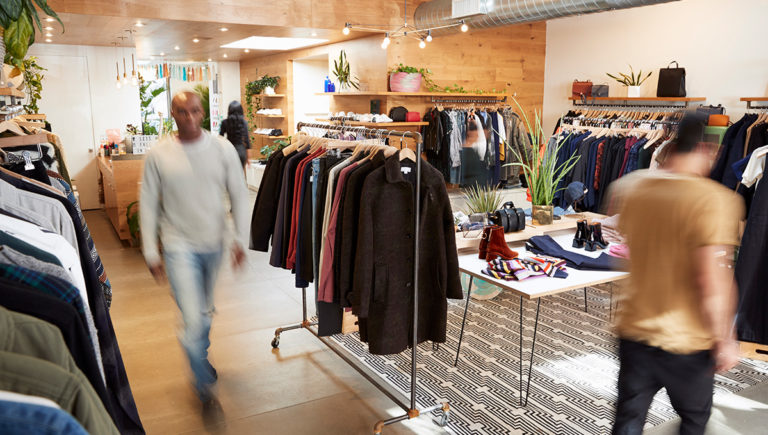The conversation about optimizing ad campaigns revolves around existing campaigns. Marketers want to know the best small changes to make to improve performance while a campaign is running. However, often the biggest optimizations are made between campaigns. And the best metric to use to supercharge campaign optimization is in-store visits.
Not only does in-store foot traffic lead to increased sales, but it also helps clarify who is most likely to respond to your campaigns. Here are the three best ways to use in-store visits to optimize audience targeting and create higher-performing ad campaigns.
1. Use In-Store Visits to Reduce Cost-Per-Acquisition
Cost-per-acquisition works as both a performance metric and an efficiency metric. It reveals which campaign strategies are working and helps predict where companies should invest their resources in future campaigns. Knowing how much money is required to get a new customer is vital for companies to scale effectively. But knowing which potential customers to spend that money on is even better.
In-store visits result in purchases much more frequently than online visits. As such, investing in campaigns that target the audiences proven to visit locations like yours will bring down CPA and increase sales. By using real-world behavior to inform audience targeting, you can remove the extra step of learning digital habits and hoping they translate to offline behavior. Efficient and effective. That’s the kind of marketing that succeeds.
2. Hyper-Local Target Metrics Improve with In-Store Visits
The more specific an ad is, the more successful it will be. It all comes down to the right message at the right time to the right people. For example, an ad for ice cream on a rainy day likely won’t be as successful at converting customers as it would be on a hot, sunny summer day. Without hyper-local audience targeting, companies don’t have access to the nuances (like the local weather forecast) that make a campaign successful.
That is, unless they use a platform that can leverage the real-world behavior and location data to create precise audience segments. (GroundTruth does, in case you’re wondering.)
But even more valuable, companies can use data from foot traffic to understand what each local community loves about their products and services. They can update sales, change the featured products in store, or update the customer journey to fit what each market wants. Those efficiencies at each stage of the funnel means a more profitable marketing operation.
3. In-Store Visits Increase Retargeting Conversions
Finally, in-store visits can help improve retargeting campaigns. While most people believe that retargeting only works for online visits, it can, and should, be used to target audiences who have visited your location.
In fact, repeat customers usually cost less to convert than brand-new customers. So, investing in retargeting campaigns for your most motivated customers makes sense from a budgetary perspective, as well as an efficiency one. Use retargeting campaigns to show existing customers new products, new deals you may be running on products they’ve already purchased, or get feedback on what products or services you should launch next. The way they engage with or react to these ads will make each future campaign more effective for new customers.
Learn How to Drive More In-Store Visits with GroundTruth
If you want to learn how to drive in-store visits for your locations, watch our recent webinar with Adweek. We discuss tactics, product features, and strategies you need to build campaigns that get customers coming through your doors over and over again.





